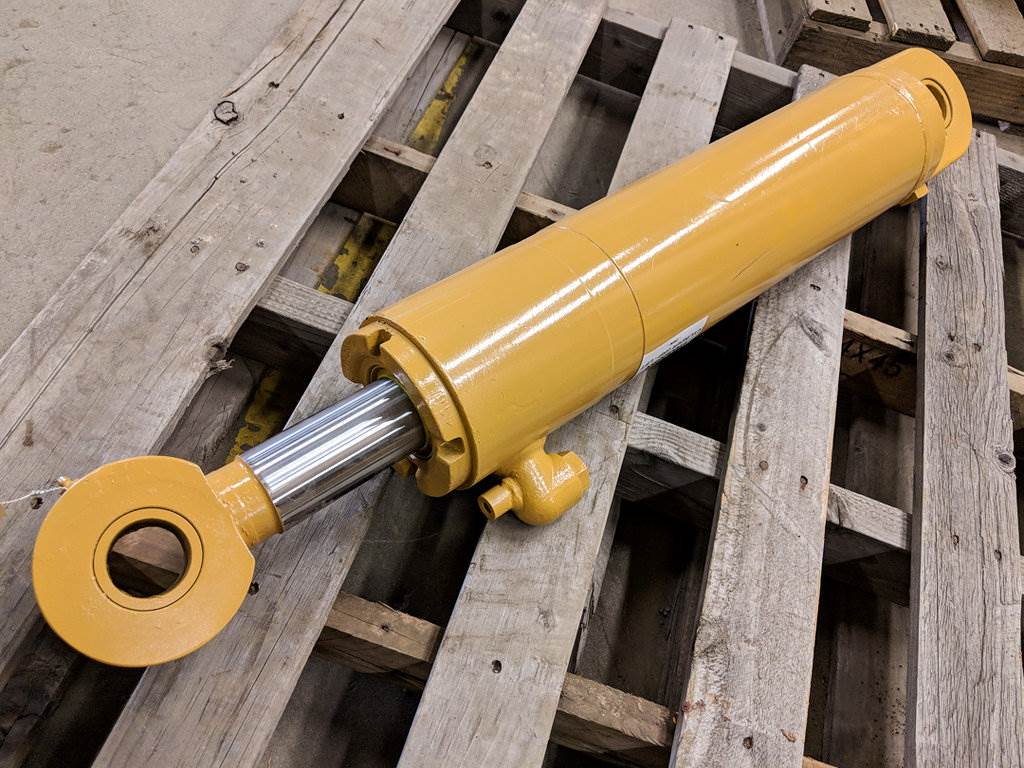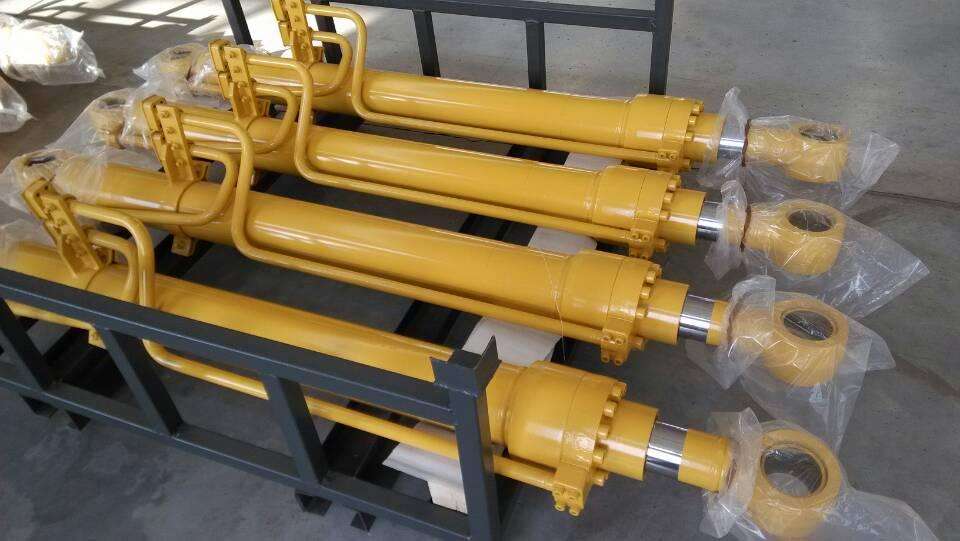 HuiTong
HuiTong  2025-06-13
2025-06-13
The so-called crawling of the excavator cylinder rod is that after the excavator closes the engine, under this static state, the cylinder rod will have a certain displacement. The crawling of the excavator oil cylinder rod is relatively common for excavator drivers, and it is more worrying. The work is finished in the evening, and the position of the big and small arms of the excavator is not properly stopped. I think there is something wrong with this machine.
In fact, each excavator has a corresponding quantitative specification for this crawling index, but in the actual production process, it is difficult to achieve, so there is a "specified upper and lower limit", only when the "crawling amount" exceeds the upper and lower limits. There is a limited time before it can be determined that there is something wrong with this excavator.

Of course, each manufacturer has its own limit specifications, which are different, even the big and small arms and bucket excavator cylinder rod are not the same. Only when this "crawling amount" exceeds the upper and lower limits, then the excavator can be determined to be faulty, and what is the cause of the fault? The reason for the crawling phenomenon is not only because of the hydraulic cylinder, but also because of the hydraulic cylinder itself.
Single excavator boom
1. Check whether there is air in the excavator cylinder:
a. If air is mixed into the oil and air is sucked in from the hydraulic pump, the air intake fault of the hydraulic pump can be removed first.
b. For new hydraulic cylinders, repaired hydraulic cylinders or hydraulic cylinders whose equipment has been shut down for too long, there will be air in the cylinders and pipes.
It can be exhausted through the air release plug of the hydraulic cylinder. For the hydraulic cylinder without a special exhaust device, the inlet and outlet pipe joints at both ends of the hydraulic cylinder can be slightly loosened, and the hydraulic cylinder can be exhausted by reciprocating operation several times.
If the oil leaking from the joint turns from cloudy to clear, it means that the air has been swept clean, and the pipe joint can be re-tightened at this time.
For hydraulic cylinders that are difficult to exhaust by this method, the air can be exhausted by loading exhaust and filling oil into the cylinder to exhaust.
c. For the situation where negative pressure will be formed in the cylinder and it is easy to inhale air from the piston rod, pay attention to the rationality of the sealing design of the piston rod.
d. After starting the machine, let the excavator cylinder run at the maximum stroke and maximum speed for 10 minutes to force the gas to be discharged.

2. Check whether the hydraulic cylinder is due to poor installation accuracy:
The installation quality of the hydraulic cylinder should be checked. For example, when the piston rod and the piston are not concentric, check the coaxiality of the two; when the piston rod is bent, the piston rod is straightened, and the cooperation between the piston rod and the guide sleeve is H8/f8 cooperation, and the standard manufacturer should be strictly used according to the standard and quality standards. When choosing a V-shaped sealing ring, the sealing friction should be adjusted to a moderate level.
3. Check whether the excavator cylinder end cover seal is pressed too tightly or too loosely:
Adjust the sealing ring so that it is not tight or loose, and the guide sleeve should be installed concentrically to ensure that the piston rod can move back and forth by hand (or just tap with a hammer), and a layer of oil film hangs on the piston rod.
4. Check whether the installation accuracy of the excavator cylinder is poor:
For example, the connection point between the load and the piston rod should be as close as possible to the sliding surface of the guide rail; the axis line of the piston rod and the center line of the load should be the same; the contact length with the guide rail should be as long as possible; The load should be skewed; the guidance should be better, the machining accuracy and installation accuracy should be better, and pay attention to smoothness.
5. Check whether the production and installation quality of the guide rail is poor, the smoothness is poor, etc.:
Methods such as cleaning and dredging the guide rail lubrication device, readjusting the lubrication pressure and flow rate, coating a layer of anti-climbing oil (such as molybdenum disulfide lubrication oil) between the relative moving surfaces of the guide rail, etc., and re-scraping the rail movement if necessary.